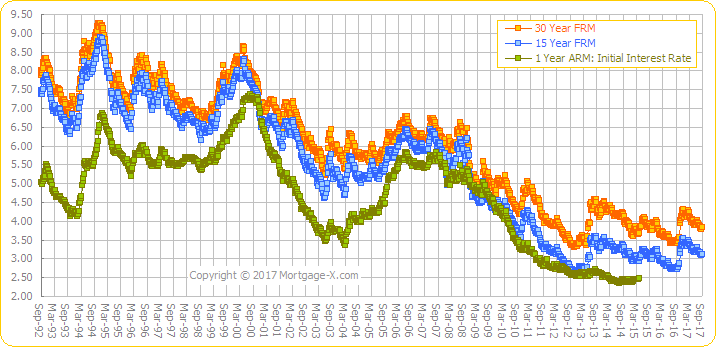One would have to be living under a rock to be oblivious to the reports of the hot Bay Area housing market. The San Jose Mercury released the headline yesterday that in the nine Bay Area counties the median home price rose 33% year over year this June.
June of 2012 was about the time we were seeing strong signs of a housing rebound but it was still too early to declare with certainty that the rebound would last—that didn’t occur until November of 2012.
One might wonder if Belmont is under performing since home prices only rose 6% this June over last. There’s actually good news for Belmont homeowners in these statistics, here’s why:
One of the main reason that home values have skyrocketed year-over-year in the nine Bay Area counties is that many of the cities in these counties had home prices which felt to levels far below where any market correction should have predicted they would land. In other words, the hardest hit areas with the most drastic price reductions are seeing the largest percentage rebound. Since Belmont’s home values fared rather well during the downturn, our rebound is more sensible.
Don’t tell that to buyers who are trying to get their first home. They’re seeing bidding wars going on which in June of 2013 made the average home in Belmont sell for 112% of the initial asking price.

SALES
Home sales in Belmont—contrary to the nine Bay Area County trend—picked up (albeit an insignificant amount). June of 2012 saw one more home sale than last June with 27 homes closing escrow.
The only event that helped sales in June of 2013 was that in May we had a plethora of new listings—35. Year over year that was a strong seasonal influx of new listings.
INVENTORY
This new category we are adding to the monthly report is all about inventory—the number of homes available for purchase. We measure the inventory level and compare that to the number of monthly sales to arrive at a “Months of Inventory” statistic. The so-called months-supply is the number of months required to sell the current inventory of homes at the current rate of home sales. Our nation’s housing inventory is seeing levels in the 4-5 month range while Belmont’s inventory is less than one month’s worth—that’s a very tight housing inventory.
The housing inventory in June of 2012 stood at 39 homes for sale with 25 new listings hitting the market; contrasted to June of 2013 when there were only 19 homes to sell and 15 new listings. The good news that might save July’s statistics is the rally of new listings after the Fourth of July week that saw a listing hiatus.
MEDIAN HOME PRICE
The median home price in Belmont, as mentioned above, was a more sustainable 6% increase over last June at $1,113,500, the second highest median home price ever recorded for Belmont (October of 2007 it stood at $1,135,000).
SQUARE FOOT
We always look at the size of homes selling in the two periods to see if there is an inequity but with the difference between June of 2012 and June 2013 being a meager 55 square feet smaller in 2013, it’s statistically insignificant. Why? Because appraiser don’t even account for square foot difference of less than 100 square feet.
DOM (Days on the Market)
The time it took to sell the average home in Belmont dropped dramatically from 50 days last year to only 14 this June—a 72% decrease in the time it took to sell a home.
PRICE REDUCTIONS
Price reductions are another way to catch the pulse of the market. The more sellers who have to lower their asking price expectations in order to attract a buyer says more about buyer trepidation than seller’s lofty and overzealous price expectations. In June of 2012 four of the 26 sellers lowered their asking price while this June only one seller suffered from that fate.
PRICE RECEIVED OF ASKING
The price a seller receives also tends to be a good indication of the strength of the market. In June of 2012 57% of the homes sold for more than the asking price with a list-sale price ratio of 103%. This June 88% of the homes sold for over the asking price for on average 112% of the initial asking price.
Interest rates are rising and how that will impact our local market is yet to be seen. Clearly it has knocked a few buyers and sellers off of the fence. It’s anyone’s guess how our local market will react but intuitively we believe that the days of multiple offers in the double digit range may be waning.
Drew & Christine are local Belmont REALTORS® and homeowners with more than 20 years experience.
Drew & Christine Morgan
REALTORS | Notary Public
(650) 508-1441
Disclaimer:
The information contained in this article is educational and intended for informational purposes only. It does not constitute real estate, tax or legal advice, nor does it substitute for advice specific to your situation. Always consult an appropriate professional familiar with your scenario.
Drew & Christine Morgan did not necessarily participate in these sales.



